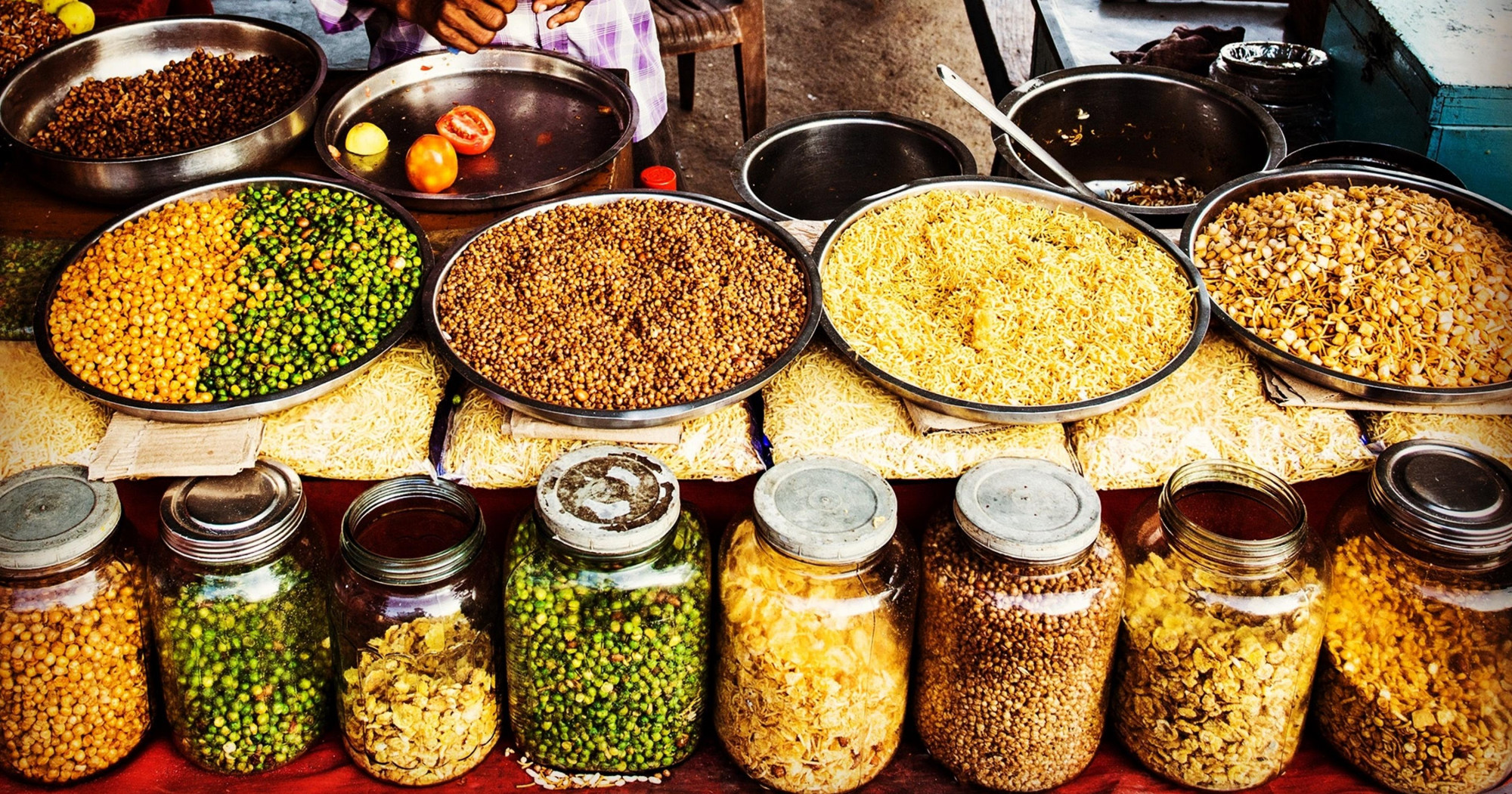Beans

Pulses – beans and lentils – are a staple in diets all over the world – for example Indian dal or traditional Chinese and Japanese foods using mung, adzuki and soya (edamame) beans, Mexican bean chilli and burritos, Spanish fried beans or African rice and bean dishes.
Apart from being very nutritious and super sustainable, beans also have some splendid effects on our health. The Food and Agriculture Organisation of the United Nations declared 2016 as the International Year of Pulses in order to increase public awareness of the nutritional benefits of pulses and to highlight how sustainable their production is.
Little wonders
Beans are a great source of protein, complex (healthy) carbohydrates, several B vitamins, vitamin K, calcium, potassium, iron and zinc. They offer an excellent nutrition package and that’s why they are a part of most traditional cuisines across the world.
Thanks to their protein and complex carbohydrates, they help stabilise blood sugar and because of that are great at preventing and managing type 2 diabetes.
Beans contain natural phenolic compounds and carotenoids that are responsible for their colour but are also powerful antioxidants and have anti-inflammatory properties. Brown, black and red colours mean significantly more of these than pale colours, such as white, yellow and light green. These pigments and their health-protective properties have been linked to a lower risk of cardiovascular disease, type 2 diabetes and even cancer.
| Pulse/nutrient (per 100g cooked) | Protein (g) | Fat (g) | Fibre (g) | Calcium (mg) (recommended daily: 700mg) | Iron (mg) (recommended daily: 7.5-15mg) | Zinc (mg) (recommended daily: 15mg) |
|---|---|---|---|---|---|---|
| Kidney beans | 8.7 | 0.5 | 6.4 | 35 | 2.2 | 1.0 |
| Butter (lima) beans | 7.8 | 0.4 | 7.0 | 17 | 2.4 | 0.9 |
| Haricot (navy) beans – these are used for baked beans | 8.2 | 0.6 | 10.5 | 69 | 2.4 | 1.0 |
| Black beans | 8.9 | 0.5 | 8.7 | 27 | 2.1 | 1.1 |
Raw deal
Beans should always be consumed well-cooked as when raw or undercooked, they can cause serious health problems, food poisoning and, in extreme cases, even death. It’s all because they contain natural compounds called lectins which are toxic but fortunately, cooking destroys those!
There’s a theory that lectins evolved as a defence mechanism in some plants. Animals are able to smell lectins so they avoid plants that contain them. By discovering cooking, humans outsmarted plant evolution and unlocked the world of pulses!
To be precise, cooking doesn’t absolutely destroy lectins but it does reduce the content to a minimum and so long as your beans are thoroughly cooked, you’re safe. If, on the other hand, you eat undercooked beans – and kidney beans are particularly dangerous – your body reacts with a prompt, self-preserving reaction – getting rid of everything in your digestive tract as fast as possible. No fun at all!
Sprouted?
Sprouting decreases the lectin content. The longer the duration of sprouting, the more lectins are deactivated. Sprouted pulses can be a part of a healthy diet but be careful because eating beansprouts that haven’t had time to sprout long enough may make you sick!
As a rule of thumb, don’t sprout the bigger beans such as kidney, cannellini or butter beans as they contain too much in the way of lectins. Mung and adzuki beans are safe to sprout.
Down to business
When it comes to beans, there’s no getting around it – they take a long time to cook so it’s best to soak them first and cook in big batches, freezing what you don’t use. Or, of course, you can simply buy them canned! Their nutritional values are similar whichever option you choose.
When cooking beans, don’t add salt or acidic ingredients such as tomatoes or lemon juice because that hardens them and considerably increases the cooking time. It’s best to add these ingredients towards the end of the process.
Gas station
Most of us have worried at one time or another about the flatulence that beans are supposed to create but there are ways to avoid it. The more often you eat beans, the less likely you are to be bloated because your gut bacteria adapt and help to digest them better. But there are also a few handy tricks – add a large strip of the kombu seaweed to beans when soaking and cooking them, removing it when cooked. If you use canned beans, make sure you discard the liquid and thoroughly rinse the beans before using. Both kombu and rinsing help to get rid of some specific, gas-producing carbohydrates.
Particular ingredients can also play an important part – adding ginger, fennel and cumin or caraway seeds to the bean dish helps to reduce bloating.
Beans are amazing foods with lots of great nutritional and health properties, don’t let a bit of gas get between you!
Get creative
We tend to use pulses in more traditional dishes but you can easily add them to a wide variety of meals, particularly if you want to increase your protein intake. Blend them into thick, creamy sauces or dips; add them to just about any soup, casserole or salad; fry them with spices for a tasty topping to savoury dishes; blend or mash them and use in sweet baking; use them as a replacement for meat in many ‘meaty’ recipes; or roast them for a handy snack.




